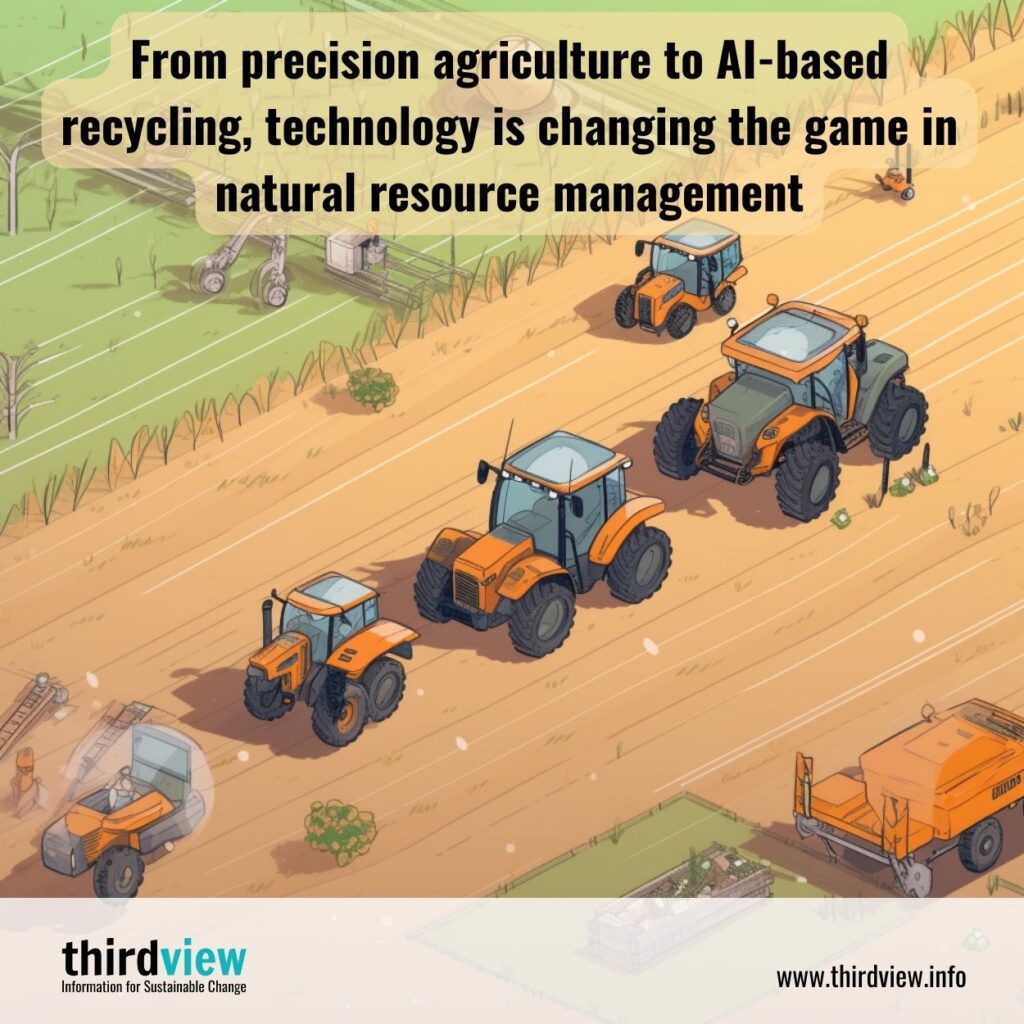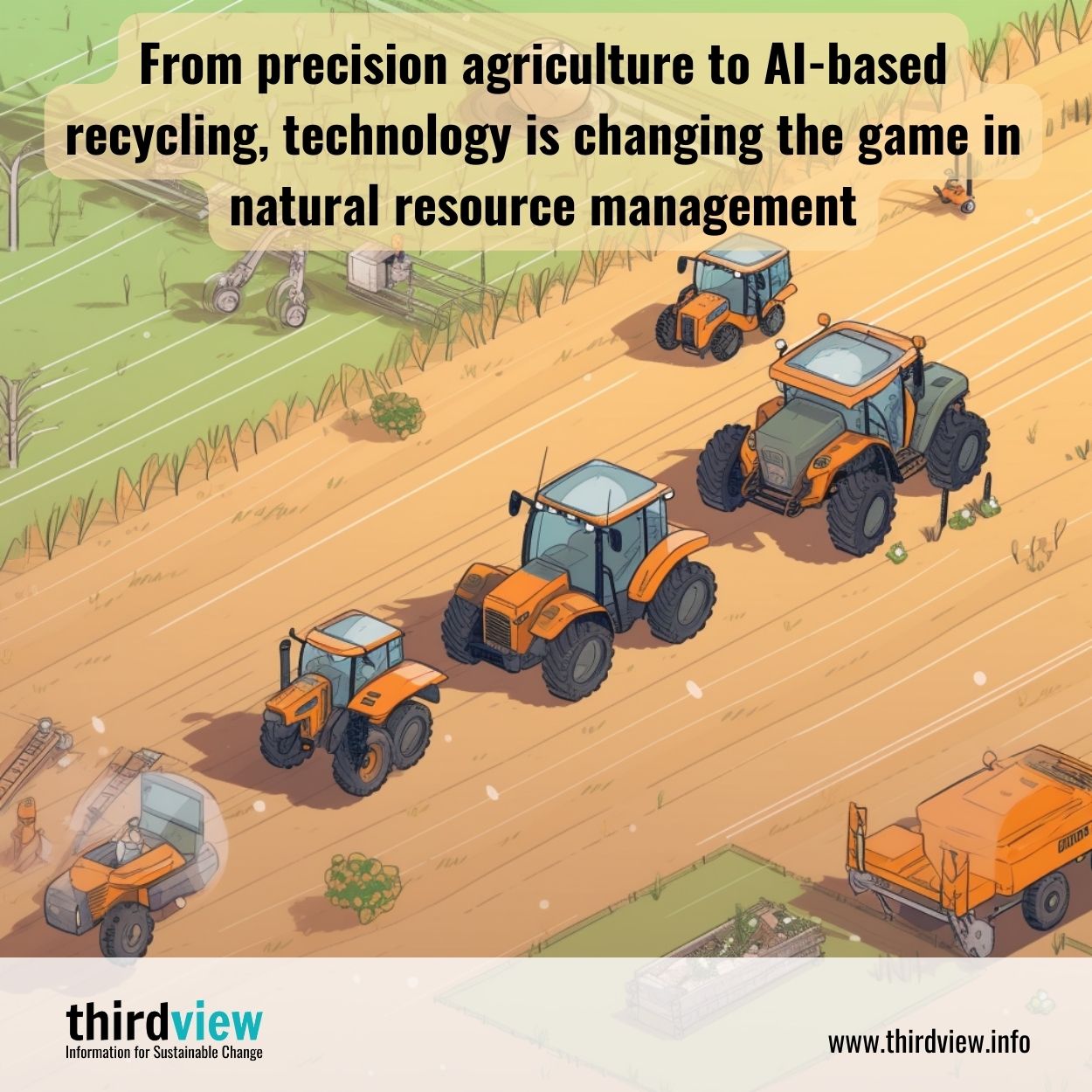Agriculture forms the backbone of the world’s economy. However, the harsh truth is that up to one-third of all food produced globally is lost or wasted before it reaches the consumer. This is what we call post-harvest losses. These are losses associated with the storage and transportation of food from the farm to the consumer. Reducing these losses can go a long way in increasing food security, fighting hunger and malnutrition, and reducing greenhouse gas emissions. In this blog post, we discuss the benefits of reducing post-harvest losses and how it impacts global food sustainability.
Reducing food waste
Reducing post-harvest losses leads to less food waste. When food is left to rot in the fields or during transportation, it contributes to global food waste. By reducing these losses, we not only reduce the amount of food waste, but we also lessen the pressure on natural resources such as land, water, and energy used to produce food.
Increasing food security
Reducing post-harvest losses goes a long way in increasing food security. In a world where we are seeing an increase in food demand, reducing food losses can help ensure that food becomes accessible and affordable to all. This is especially important in developing countries where food loss contributes to hunger and malnutrition.
Boosting smallholder farmers’ incomes
Smallholder farmers often lose most of their harvests due to inadequate storage facilities and poor transportation infrastructure. Such losses can contribute to a vicious cycle of poverty. By reducing post-harvest losses, smallholder farmers can sell their produce at better prices, thus boosting their incomes. This, in turn, encourages them to invest more in their farming, leading to increased productivity and food security.
Climate Change Mitigation
Reducing post-harvest losses can contribute to mitigating the effects of climate change. When food is left to decompose, it releases methane, a greenhouse gas that contributes to climate change. By reducing food losses, we reduce the amount of methane emitted from this rotting food. Additionally, since fewer resources are used to grow the food, this can lead to fewer greenhouse gas emissions involved in the production of food.
Lowering the cost of food
Food that is lost during storage or transportation is an economic loss, and as a result, the cost of food production and distribution increases. By reducing post-harvest losses, we can reduce the overall cost of food production, ultimately leading to lower food prices. This helps to make food affordable to all, regardless of their socioeconomic status.
Reducing post-harvest losses is critical to ensuring food security, reducing food waste, boosting farmers’ incomes, and mitigating the effects of climate change. By investing in better storage facilities, transportation infrastructure and education for smallholder farmers, we can reduce the amount of food wasted, thus increasing food availability and accessibility. As global citizens, we should embrace initiatives that aim to minimize post-harvest losses and create a sustainable food system for future generations.


